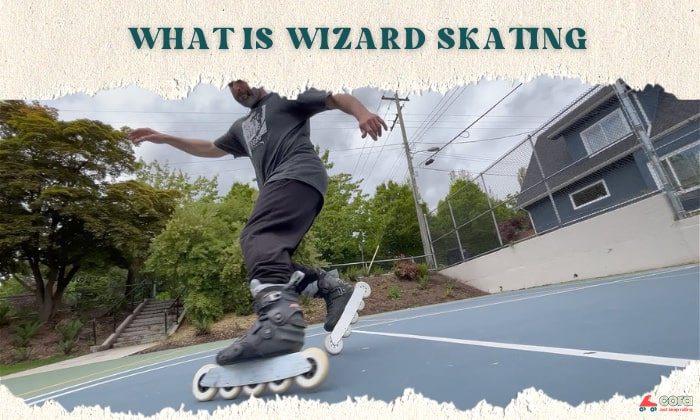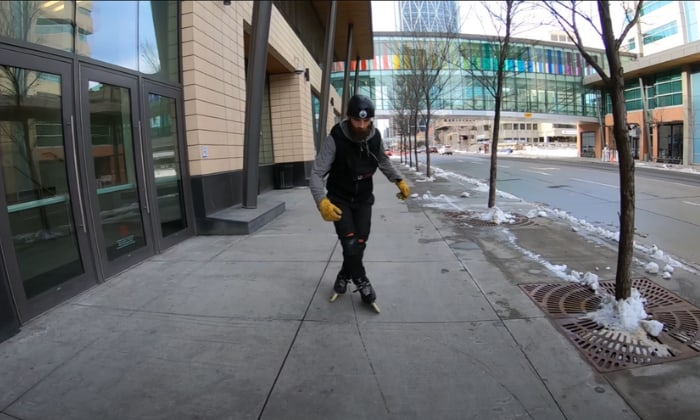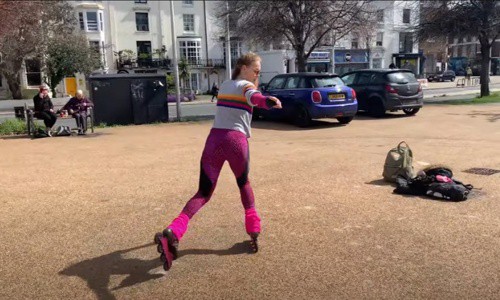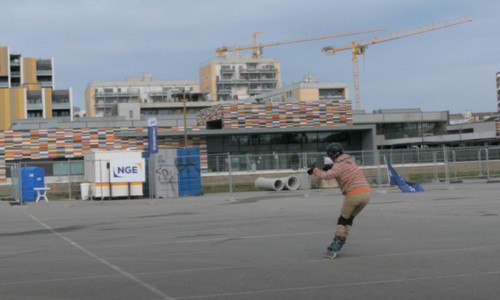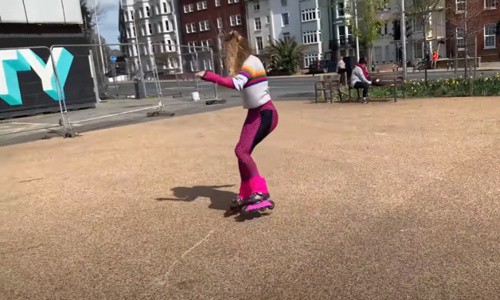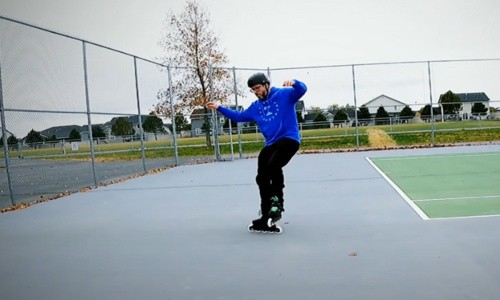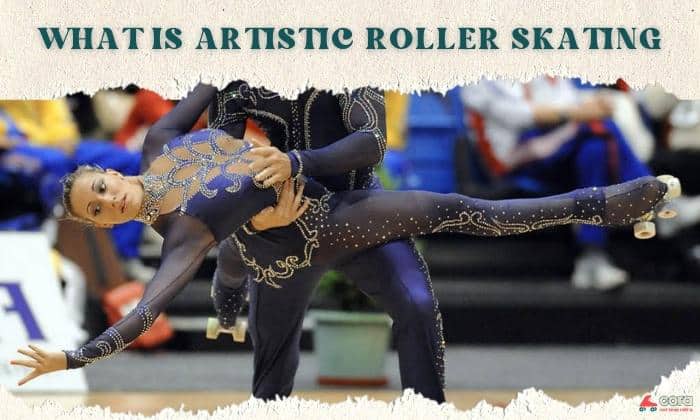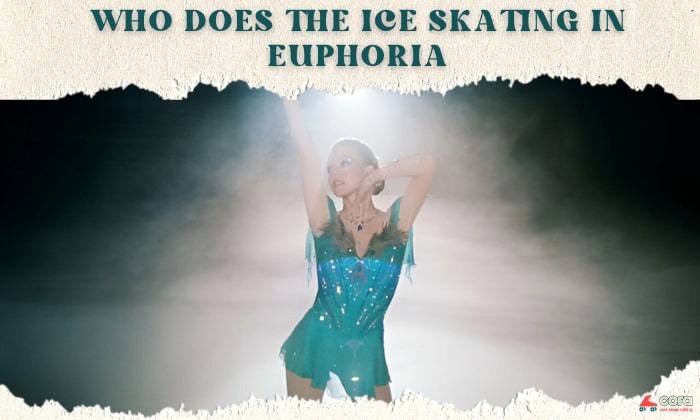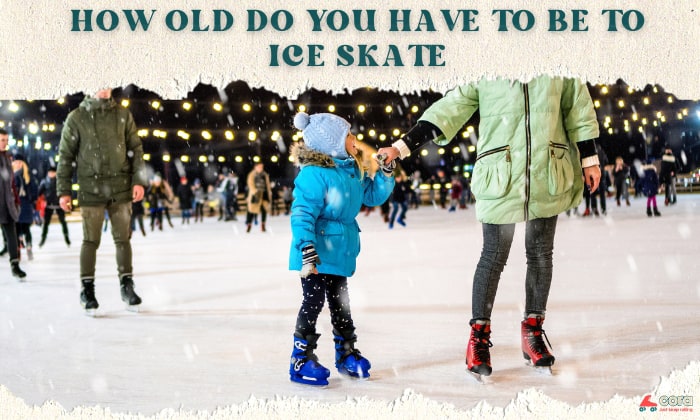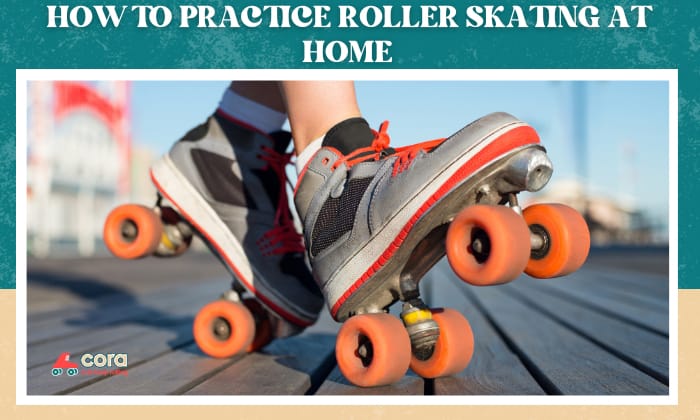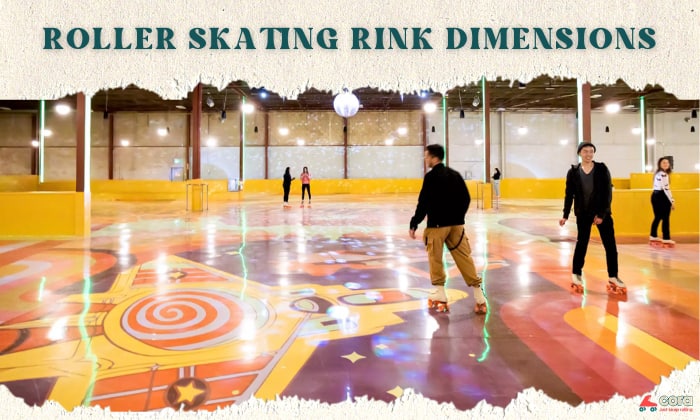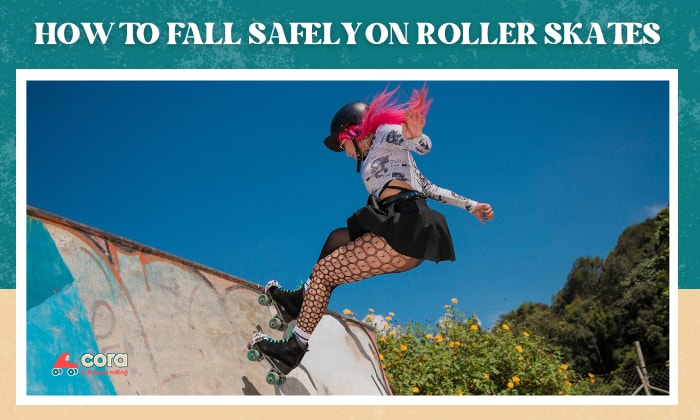Everyone has innate creativity. Often, it’s only a matter of how we use it. Hence, with every passion comes a group of people that brings something new that eventually becomes a phenomenon.
One of these creations is wizard skating. What is wizard skating? This style entails a unique configuration of inline skates and a fusion of several inline skate moves. Keep reading as we learn more about this trend and see if it’s worth a try.
It all started with Leon Basin. This man was behind the creation of the famous chassis brand Wizard.
His creation opened doors for many freestyle and aggressive skaters. It featured a 5 or 4-wheel chassis with a light rocker and 90mm wheels, which Basin thought would be the best skate configuration for more fun.
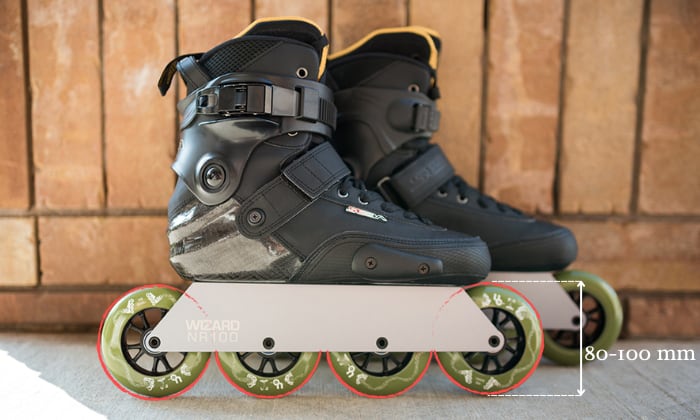
Undeniably, this invention has pushed more skaters to try something new, as it used to be very difficult to stay nimble on skates with very long wheelbases.
One of the most prominent features of Wizard frames is their maneuverability and stability. These enabled the skaters to do beyond freestyle skating, slalom, and recreational skating.
Page Contents
Wizard Skating as a Skating Style
We now have an idea of what a Wizard chassis can do. In a nutshell, Wizard Skating is a fusion of old and new skating styles.
A person who inline skates with a Wizard chassis can combine excellent figure skating moves. These include two-footed transitions, different turns, mohawks, crossovers, and more.
Performing these skating skills puts skaters in a different dimension, where they can be both artistic and thrilling. Here are more specific moves Wizard style offers.
- Lion – A Lion is a 3-turn style where skaters swing their back leg and stand on their front leg, moving forward and backward, forming a 3-shaped curve on the ground.
- Gazelle – Unlike the Lion, Gazelle is a two-footed transition where skaters move forward to backward, or vice versa, on a curve.
How to start with Wizard Skating
Are you ready to try this new inline skating trend? Here’s a short outline.
Stage 1: Basics
This level entails fundamental skills such as J-turns, Back Scissors, and basic transitions. Doing these enables skaters to find their weak sides safely.
Stage 2: Gazelles
We talked about the Gazelle being a form of a 2-footed transition. Besides that, this level improves the skaters’ awareness of their upper bodies. Some tricks to perform at this level are the S-shaped and Circular-shaped Gazelles.
Stage 3: Cheetahs
This level is close to Gazelle, with S and Circular-shaped Cheetahs being part of the training.
Stage 4: Lions
The Lions are 1-footed transitions that test the skater’s control on one skate while keeping his balance.
Conclusion
Innovation is everywhere. Though not all inventions are relevant to us, many help us enjoy our favorite sports and stay fit better. One of the perfect examples of this is wizard skating, which stands out from traditional inline skating.
So, what is wizard skating? It’s a creation by Leon Basin that allows us to be more flexible on large wheelbases. With this style, tricks have transformed, and skate setups appeared to reach a new dimension of maneuverability and stability.

Harrison is a skating enthusiast who picked up the sport during her student exchange years in Canada. She has been a skating coach for children and teens for 3 years and now holds classes as a freelancer. Harrison entwines her experience leading skating classes in the content published on Cora to help readers fall in love with skating, just like she did.


